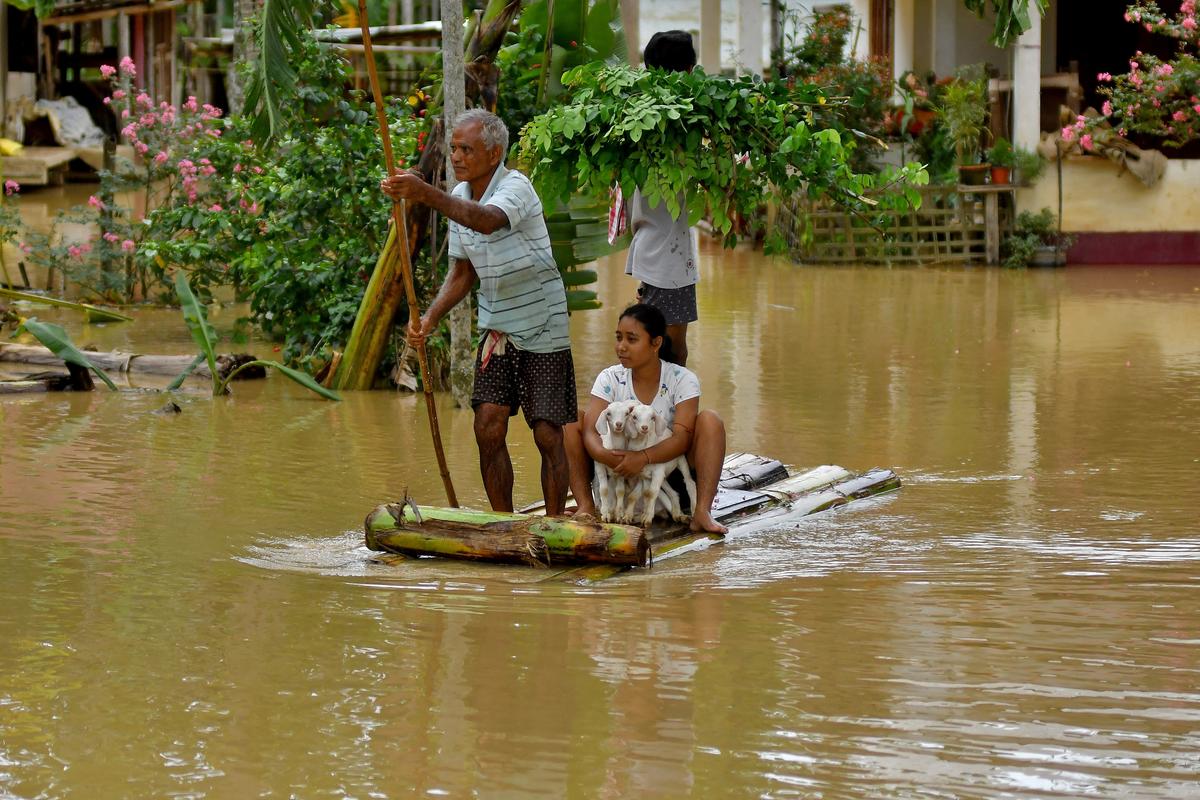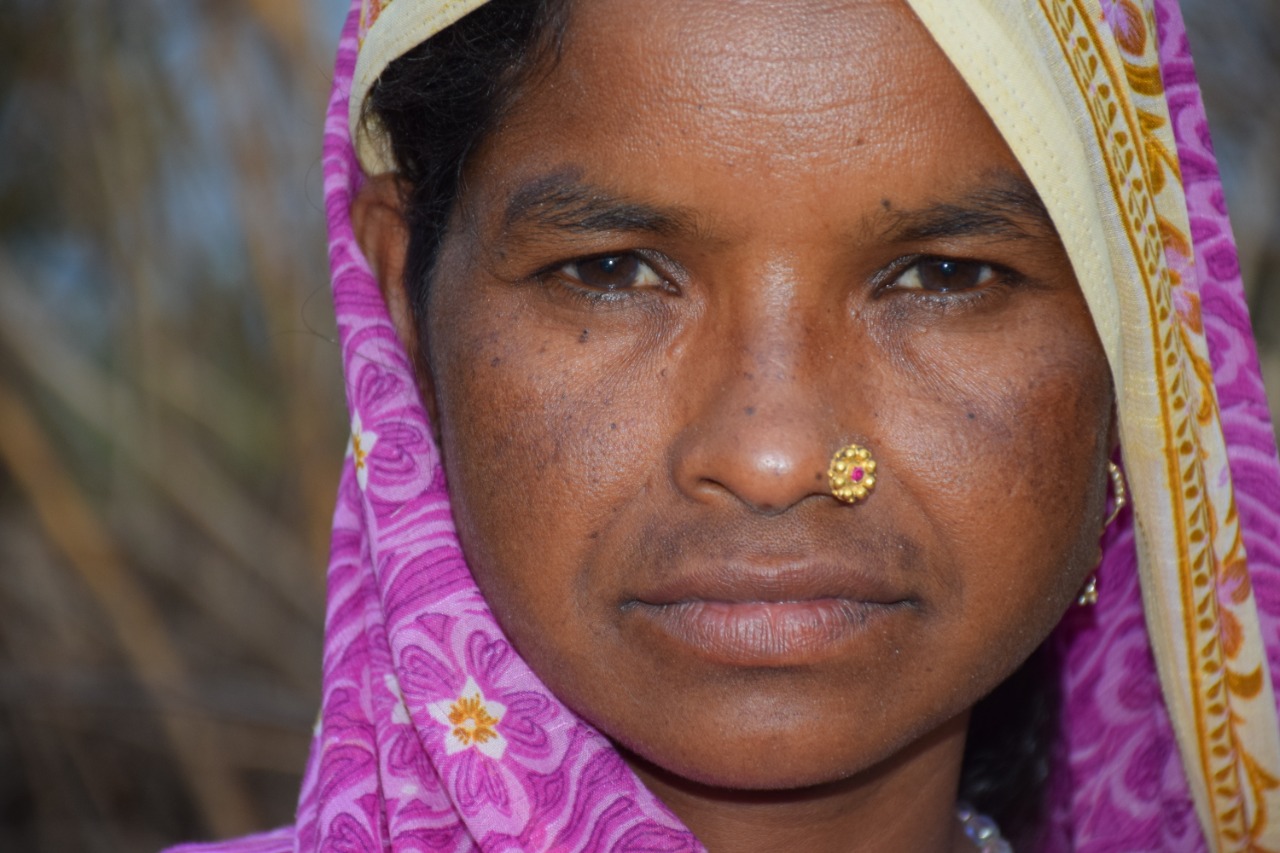CASA BLOGS

The Connection Between Monsoons and Floods in India: An In-Depth Analysis
India, a land of diverse climates and geographical features, relies heavily on the monsoon season for its agricultural and water resources. However, with the benefits of the monsoon rains come significant challenges, particularly in the form of floods. This blog explores the intricate relationship between the monsoon season and flooding in India, providing detailed insights backed by the latest figures and facts.
Understanding the Indian Monsoon
The Indian monsoon, a complex meteorological phenomenon, is crucial for the country’s climate and agriculture. It is primarily divided into two phases:
Southwest Monsoon (June to September): This is the most significant phase, accounting for about 75-90% of India’s total annual rainfall. Originating from the Indian Ocean, these winds bring heavy rains to the Indian subcontinent, particularly impacting the western coast, central India, and the northeastern regions.
Northeast Monsoon (October to December): This phase, though less intense, is critical for the southeastern coast of India, especially Tamil Nadu and parts of Andhra Pradesh.
The Link Between Monsoons and Floods
While the monsoons are essential for replenishing water resources and supporting agriculture, they also have a downside: floods. The intensity and distribution of monsoon rains often lead to widespread flooding in various parts of the country.
Intensity and Duration of Rainfall: Heavy and prolonged rainfall during the monsoon season can overwhelm rivers, lakes, and urban drainage systems. For instance, in 2023, parts of Assam and Bihar experienced devastating floods due to continuous heavy rains, leading to significant loss of life and property.
Geographical and Topographical Factors: India’s diverse topography, including the Himalayas, the Indo-Gangetic plains, and coastal regions, influences flood patterns. The Himalayan region, for example, is prone to flash floods due to rapid snowmelt combined with monsoon rains.
Urbanization and Infrastructure: Rapid urbanization and inadequate drainage systems in cities like Mumbai, Chennai, and Kolkata exacerbate the flood situation. Encroachments on natural water bodies and inefficient urban planning lead to waterlogging and urban floods.
Recent Flood Statistics
To understand the gravity of the situation, let’s look at some recent statistics:
Assam (2023): Over 5 million people were affected by floods, with more than 100 fatalities reported. The Brahmaputra River, a perennial source of flood-related problems, saw water levels rise significantly above the danger mark.
Bihar (2023): Approximately 2.5 million people were affected, with 29 districts experiencing severe flooding. The Kosi and Gandak rivers, known for their unpredictable flow, contributed majorly to the floods.
Maharashtra (2021): In July 2021, heavy rains caused severe flooding in the coastal regions of Maharashtra, affecting more than 2 million people and resulting in over 200 deaths. The Konkan region, including Mumbai, was particularly hard-hit.
Economic and Human Impact
Floods in India have far-reaching consequences beyond immediate physical damage. The economic losses due to floods are staggering, impacting agriculture, infrastructure, and overall economic growth. According to the National Disaster Management Authority (NDMA), India incurs an average annual loss of about $10 billion due to floods.
The human impact is equally severe. Floods lead to displacement, loss of livelihood, health crises, and long-term socioeconomic challenges. Vulnerable populations, including the poor and marginalized communities, are disproportionately affected.
Mitigation and Preparedness
Given the recurring nature of floods, it is crucial to adopt effective mitigation and preparedness strategies:
Early Warning Systems: Advancements in meteorological technology have improved flood forecasting and early warning systems. These need to be further enhanced and made accessible to remote and vulnerable areas.
Infrastructure Development: Building resilient infrastructure, such as embankments, flood channels, and improved urban drainage systems, can significantly reduce flood risks.
Community-Based Approaches: Empowering local communities through education, awareness, and participatory approaches in disaster management can enhance resilience.
Sustainable Urban Planning: Incorporating flood risk management into urban planning and ensuring the protection of natural water bodies can mitigate urban flooding.
Conclusion
The monsoon season, while vital for India’s ecological and economic well-being, poses significant challenges in the form of floods. Understanding the connection between monsoons and floods is crucial for developing effective strategies to mitigate risks and protect lives and livelihoods. As climate change continues to influence weather patterns, it becomes increasingly important to adopt a proactive and integrated approach to flood management in India.
By enhancing our preparedness and resilience, we can better navigate the challenges posed by monsoons and harness their benefits for a sustainable future.
How You Can Help
At CASA, we are committed to supporting communities affected by floods and other natural disasters. Your donations can make a significant difference in our efforts to provide relief and build resilience. Please consider donating to support our cause:
Donate Now
Your generosity can help save lives and build a better future for those in need. Thank you for your support!
References
National Disaster Management Authority (NDMA)
Indian Meteorological Department (IMD)
Ministry of Home Affairs, Government of India
Various news reports and statistical data from 2021 to 2023 on floods in India
This detailed analysis aims to provide a comprehensive understanding of the intricate relationship between monsoons and floods in India, underscoring the importance of preparedness and mitigation strategies.
 Previous Blog Post Empowering Rural Education in India:
Previous Blog Post Empowering Rural Education in India: Ensuring Girls’ Safety in India: A Path Toward Empowerment
Ensuring Girls’ Safety in India: A Path Toward EmpowermentFeatured Post

Mental Health Awareness in India: Addressing Key Challenges
8 Nov 2024
Mental health awareness is crucial in India, where millions silently struggle with mental health disorders, including depression, anxiety, and bipolar disorder. Despite growing recognition, India faces unique challenges in effectively addressing mental health issues. The stigma associated with mental illness remains a primary barrier. In Indian society, mental health issues are often misunderstood, leading to […]

Ensuring Girls’ Safety in India: A Path Toward Empowerment
20 Aug 2024
Girls’ safety in India remains a critical issue that has garnered increasing attention over the years. Despite various reforms and efforts from both government and civil society, challenges persist. From street harassment to domestic violence, gender-based discrimination continues to limit the freedom and safety of girls. While significant progress has been made in addressing these […]

The Connection Between Monsoons and Floods in India: An In-Depth Analysis
9 Jul 2024
India, a land of diverse climates and geographical features, relies heavily on the monsoon season for its agricultural and water resources. However, with the benefits of the monsoon rains come significant challenges, particularly in the form of floods. This blog explores the intricate relationship between the monsoon season and flooding in India, providing detailed insights […]



Leave a Reply
You must be logged in to post a comment.